
5 things to know about Winnipeg’s big sewage problem
115 billion litres, 70 years to fix, $5.5 billion in lawsuits
Get the inside scoop on The Narwhal’s environment and climate reporting by signing up for our free newsletter.
As far as human-made structures go, a substation is unremarkable. Every city has at least one — a cluster of metal boxes and wires that connect our homes and businesses to the vast power grid. A substation isn’t something most people stop and notice (let alone visit), even if its function is essential to how we get electricity: it takes in high voltages of energy from the transmission line and delivers safer levels to us.
But in Sachigo Lake First Nation — and 23 other Indigenous communities in northern Ontario — a substation, and the grid it connects to, is completely miraculous. It’s why I travelled 1,468 kilometres in September to see it.
To get there, I had to first get to Thunder Bay. Then, I took an almost two-hour flight over the tips of the boreal forest, crossing 644 kilometres to reach the nation near the border of Ontario and Manitoba. Next came a bumpy 15-minute drive on a yellow school bus chartered to bring a group of dignitaries, along with two members of the media including myself, to the community. We drive past sparse woodland and aggregate sites full of sand and crushed stone. The bus stops, letting us out at a wide clearing where we walk up a rough path flanked by trenches full of sand and rocks.

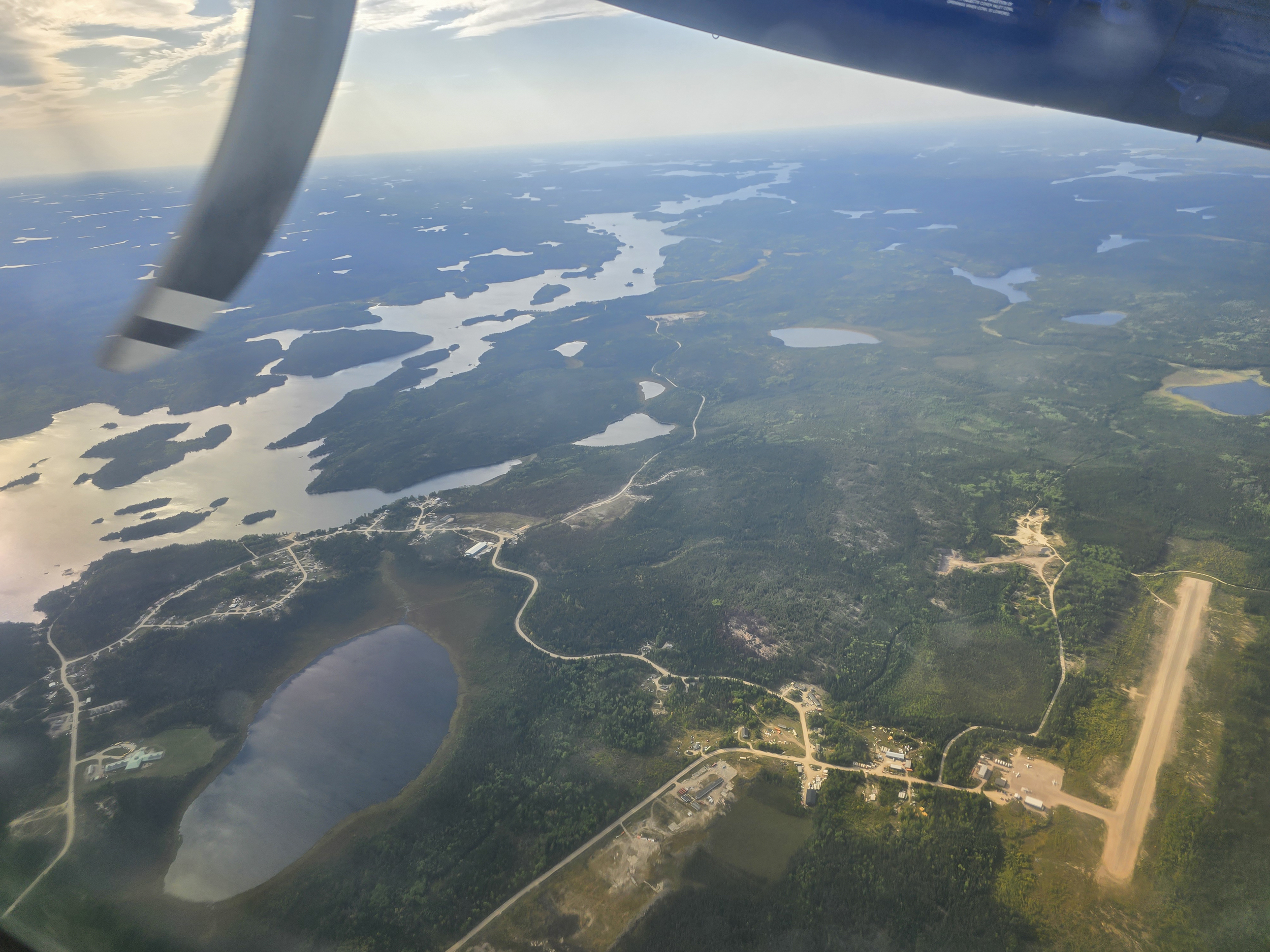
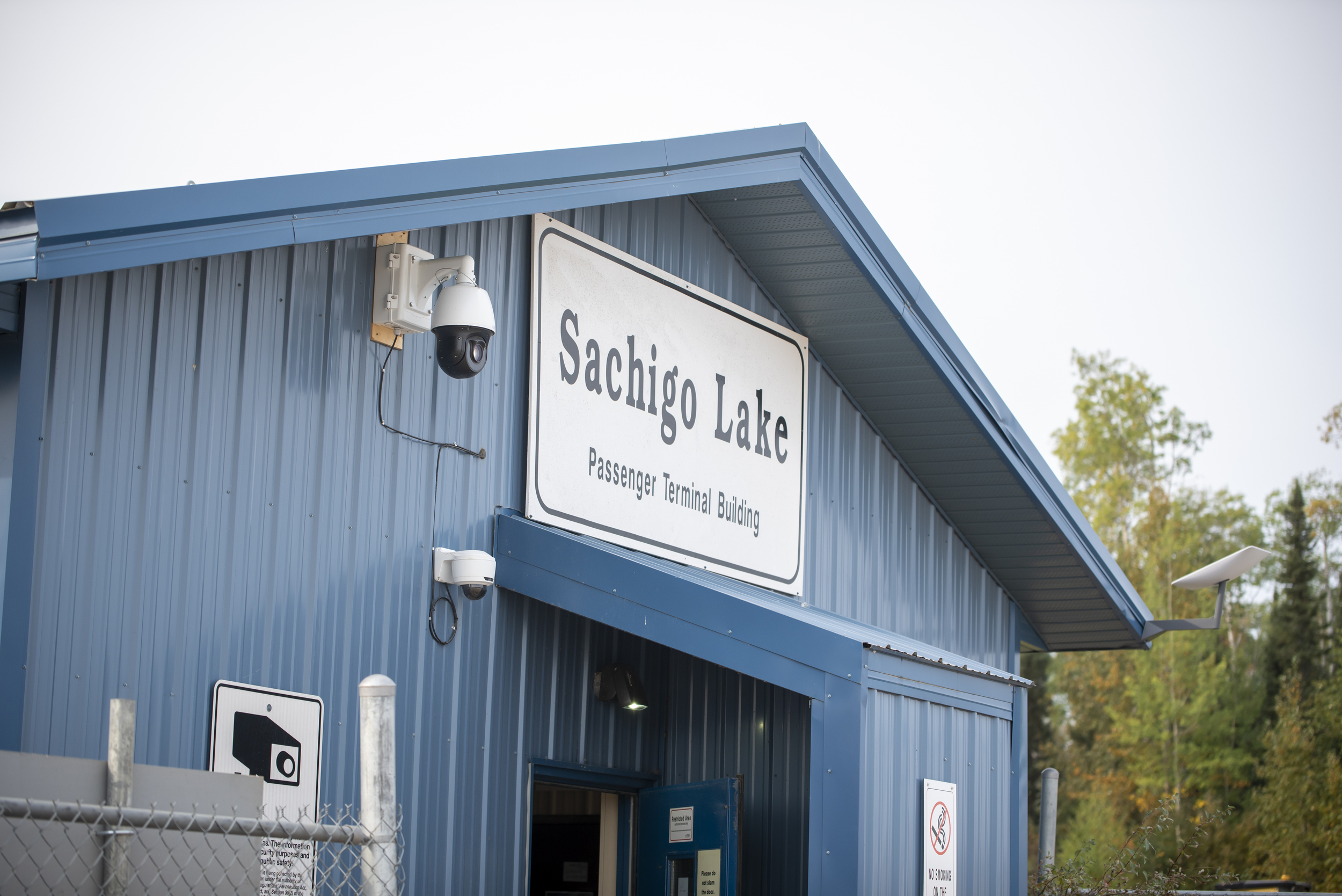
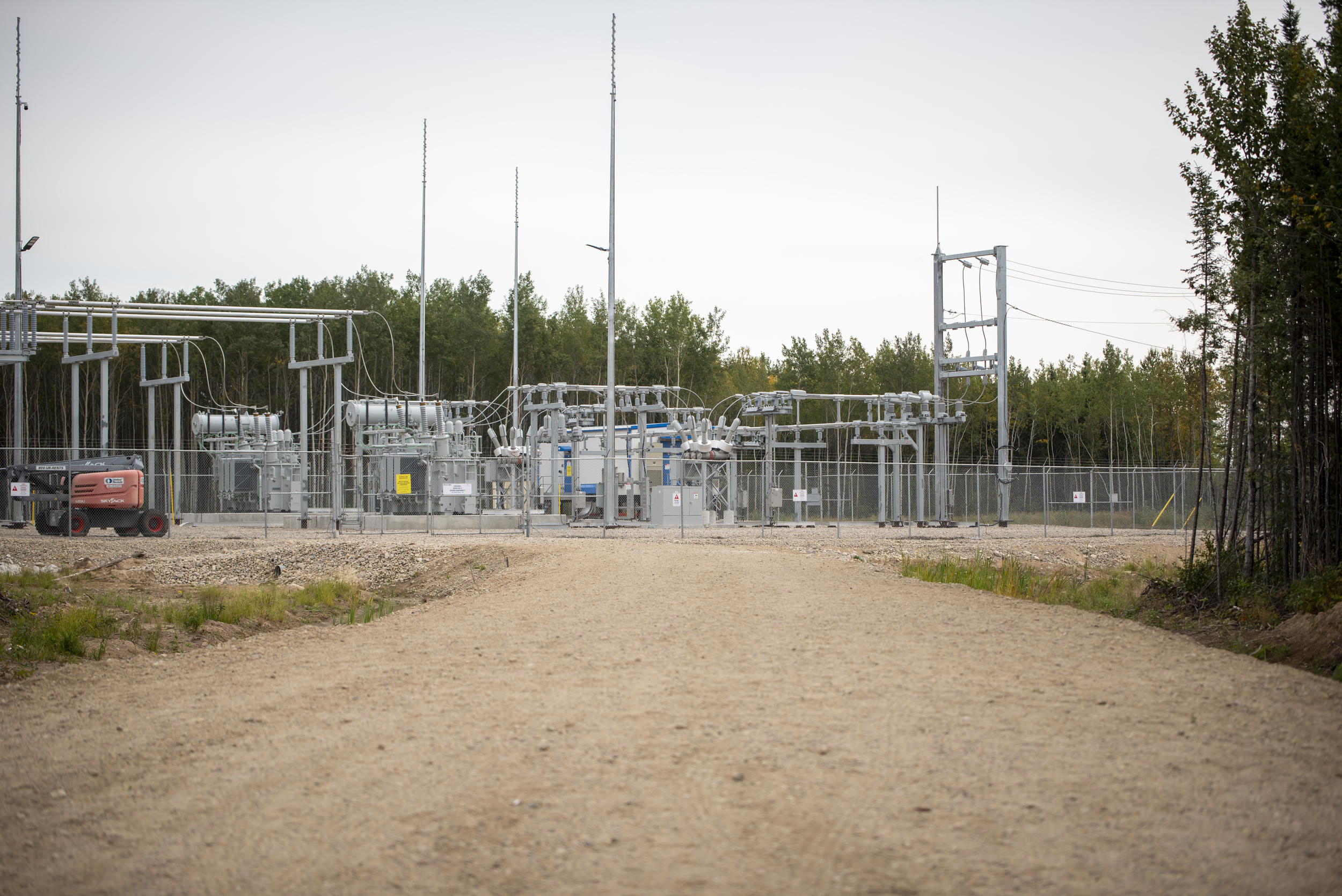
The substation is the first thing I see, but it’s the transmission line that keeps my gaze. The wires blend into the sky and disappear in a narrow clearcut corridor between the woodland. They’re held in place by wooden poles the same height as the trees.
This is one small part of Wataynikaneyap Power, which translates to “line that brings light” in Anishiniiniimowin, which is exactly what it’s doing. Referred to as Watay Power, the company’s 1,800-kilometre, $2-billion line connects 24 First Nations with a combined on-reserve population of 15,000 people to Ontario’s electricity grid. It cuts a path through 800 kilometres of forest and marsh that hosts no paved roadways.
The nations being powered by Watay also own 51 per cent of the company, making it the largest Indigenous-led infrastructure project in Canada. In 25 years, they’ll own all of it.
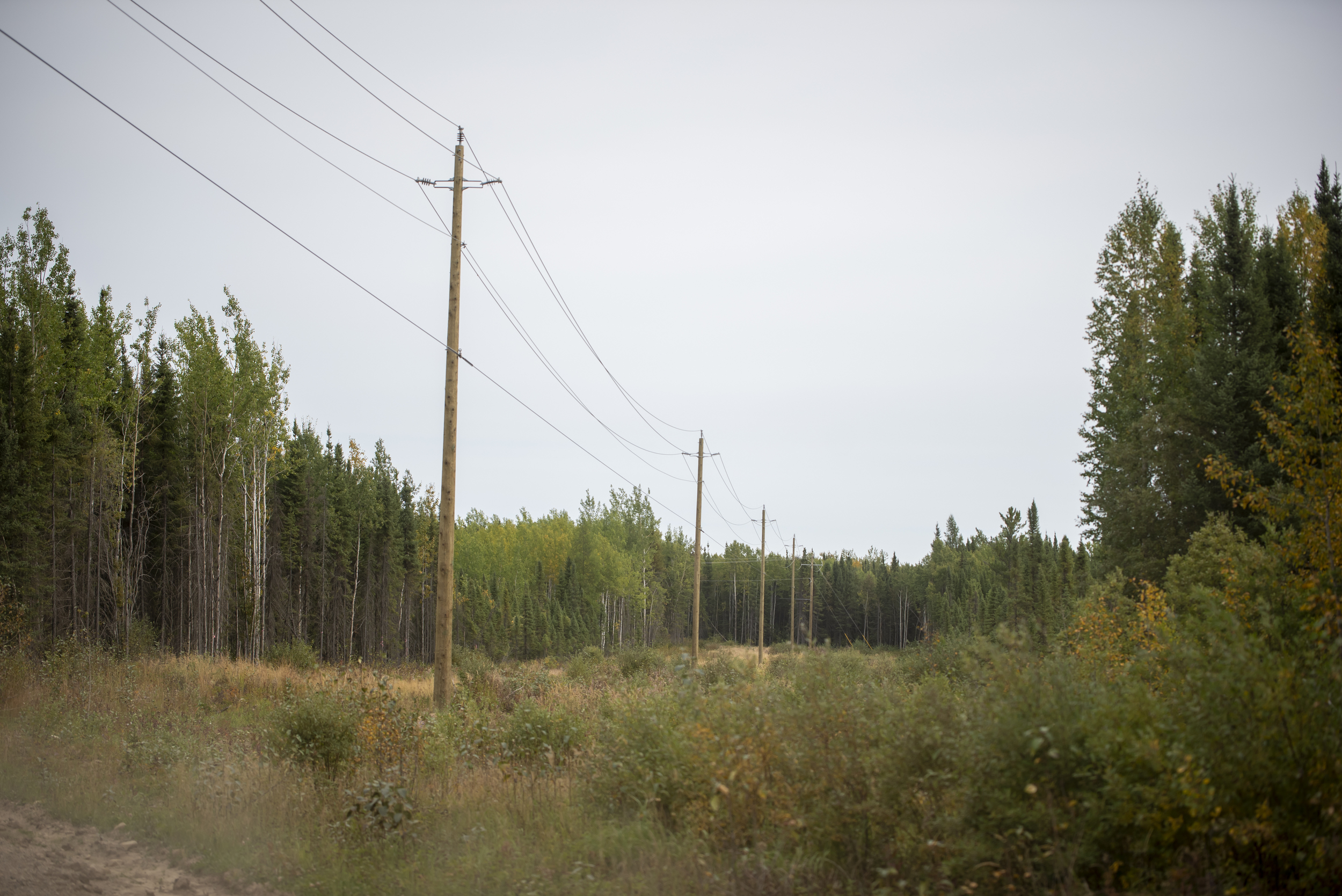
For decades, Indigenous communities in northern Ontario have relied on generators powered by diesel, transported precariously on trucks that can only travel on ice roads during the winter season, which is getting shorter and shorter.
There have been many challenges over the years. Diesel is dirty; it is derived from oil and when burned, produces 40 per cent more carbon dioxide than natural gas. Diesel is harmful to local waterways and land, especially when it spills, which it can do on icy roads. Diesel is finite; when used up, the generators stop and communities are left in the dark, unprotected from the extreme temperatures of the North.
Now, diesel can be foregone — and that’s why I’m standing in front of a substation in Sachigo Lake First Nation watching Pastor Albert McKay bless it.
A congregation of 100 people stands behind him — a mix of senior energy officials from Toronto and Thunder Bay, First Nations leaders and a dozen children here on a school field trip.
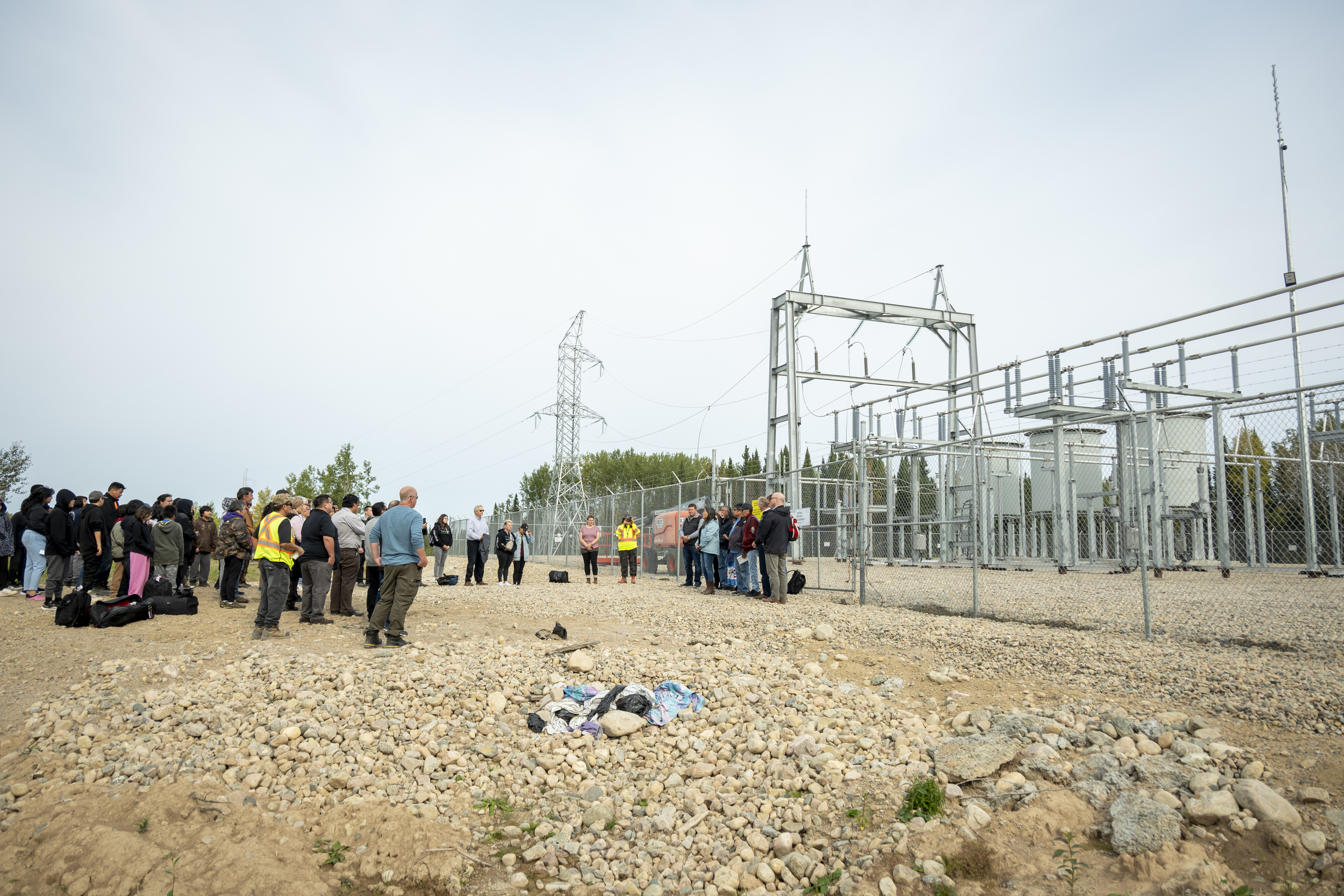
The word “reliable” repeatedly echoes through the crowd: this transmission line finally gives the community a source of power it can depend on to start building and planning for growth. At least 20 new homes are set to be built in the next two years, a significant number for the on-reserve population of more than 500, where housing is so hard to come by that many people sleep under one roof.
Sachigo Lake was officially connected to the line last November, but the celebration is happening 10 months later. Ironically, the power is out during the event — “technical issues, it happens,” one of the organizers says — so the microphone and speaker aren’t working. The pastor decides to shout at the substation and then at the crowd, thanking first the power of God, then the power of man to harness energy and then the power that flows through the substation itself.
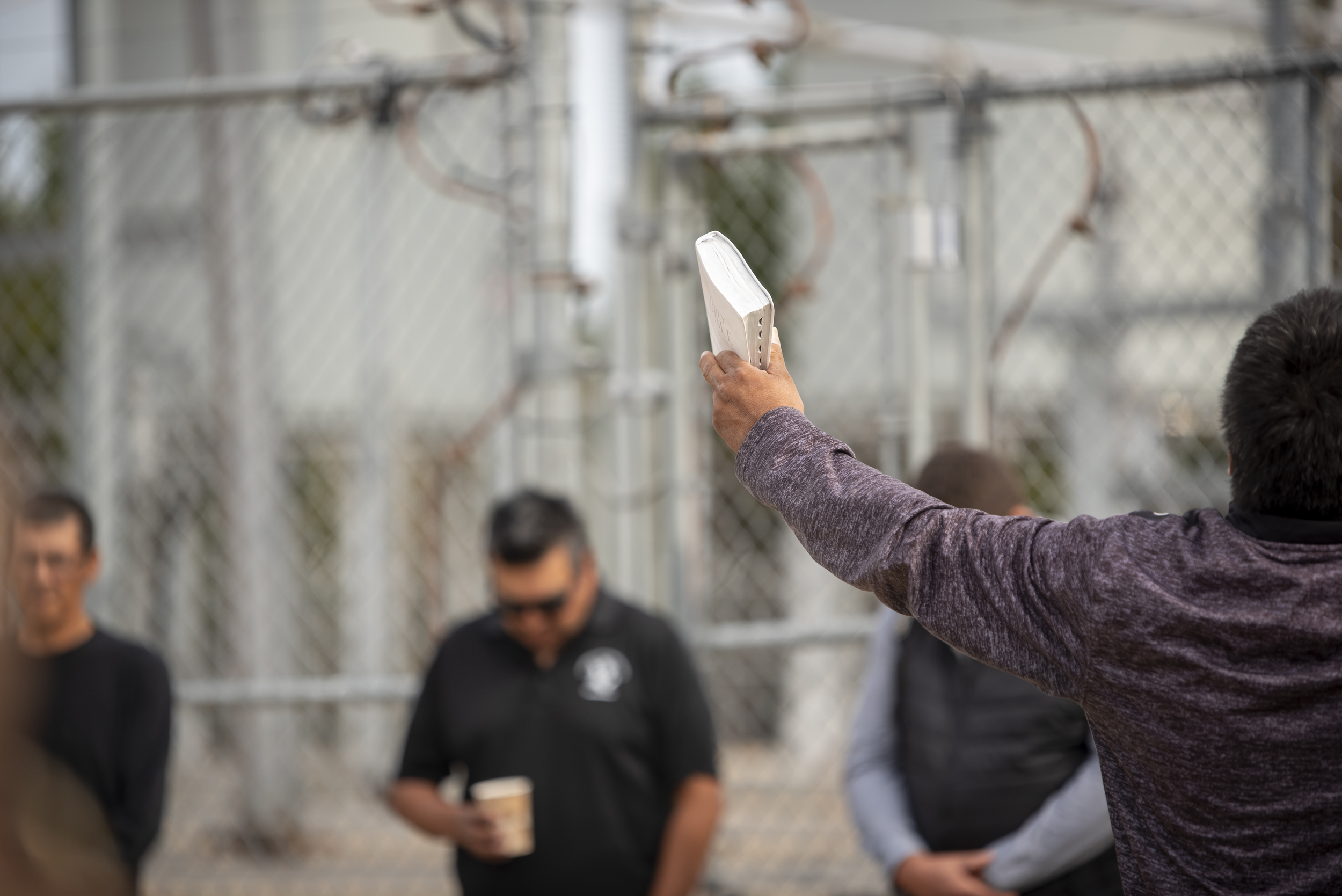
“We want to bless this structure and the line that comes from it. We don’t even know where it comes from,” McKay says. The crowd chuckles and then falls silent again as if pondering where the power actually comes from.
Like a rainbow, transmission lines never seem to have a visible beginning and ending, but this one does. It began 20 years ago, when northern Ontario First Nations came together to collectively challenge the provincial energy industry to bring power to their remote region — and to take ownership of how that power came through.
It ends right here — “at the crossroads of history and progress,” as one member of Sachigo Lake council describes it to the crowd — in front of an unremarkable and now blessed substation.
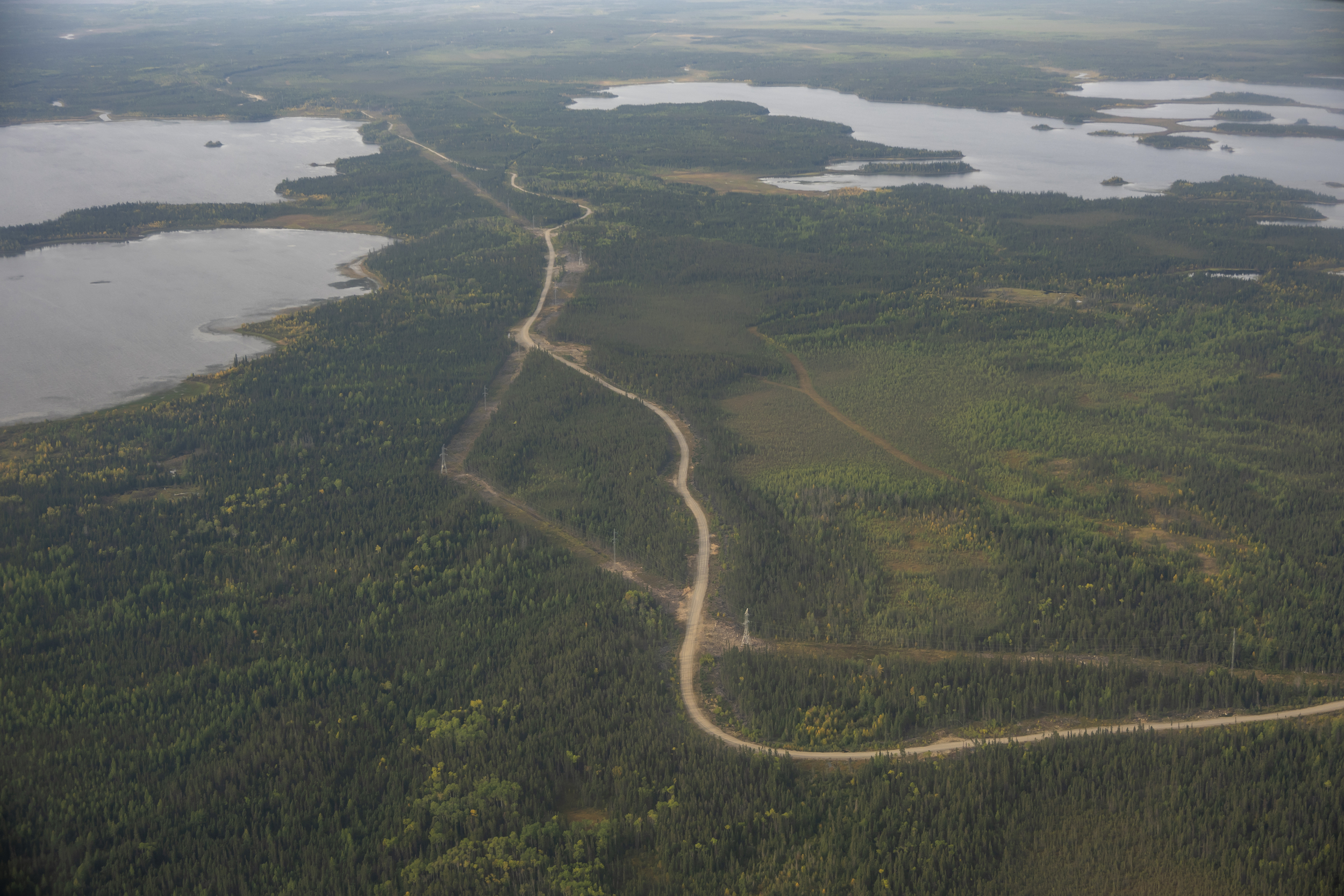
Margaret Kenequanash is the first to walk up to the fence of Sachigo Lake’s substation. She stands there alone, gazing at it closely for several minutes: up, down, left, right. Then she turns around and shuffles back to the 100-person crowd mingling and making small talk about electricity.
“Sometimes, it doesn’t feel real,” Kenequanash tells me.
The small woman has a storied career in public service. In 1996, she was elected the first female chief in her community, North Caribou Lake First Nation. She spent a few decades in various high-level positions on various First Nations councils. Since 2007, she’s been dreaming about a northern Ontario transmission line. In 2017, she became CEO of Watay Power.
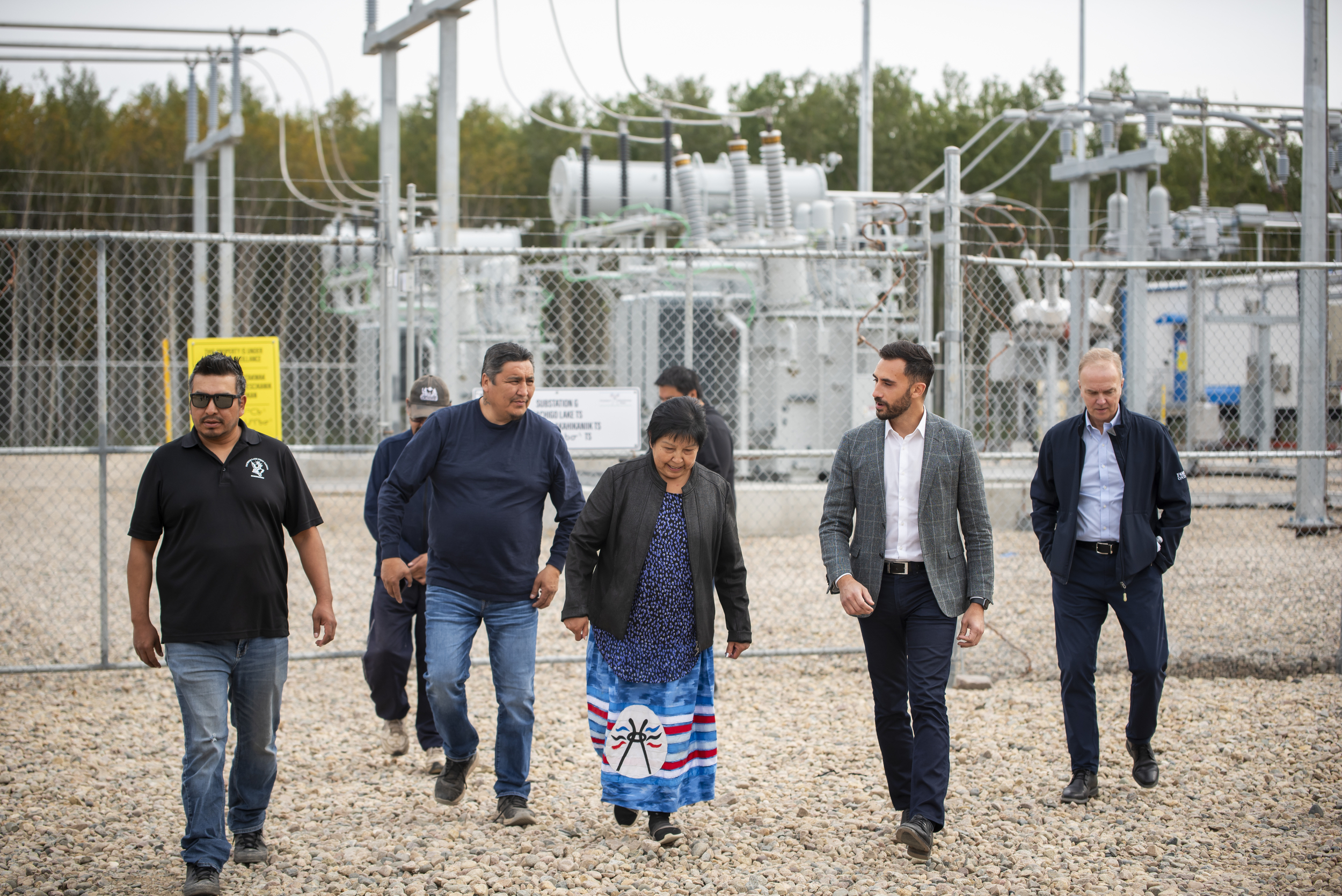

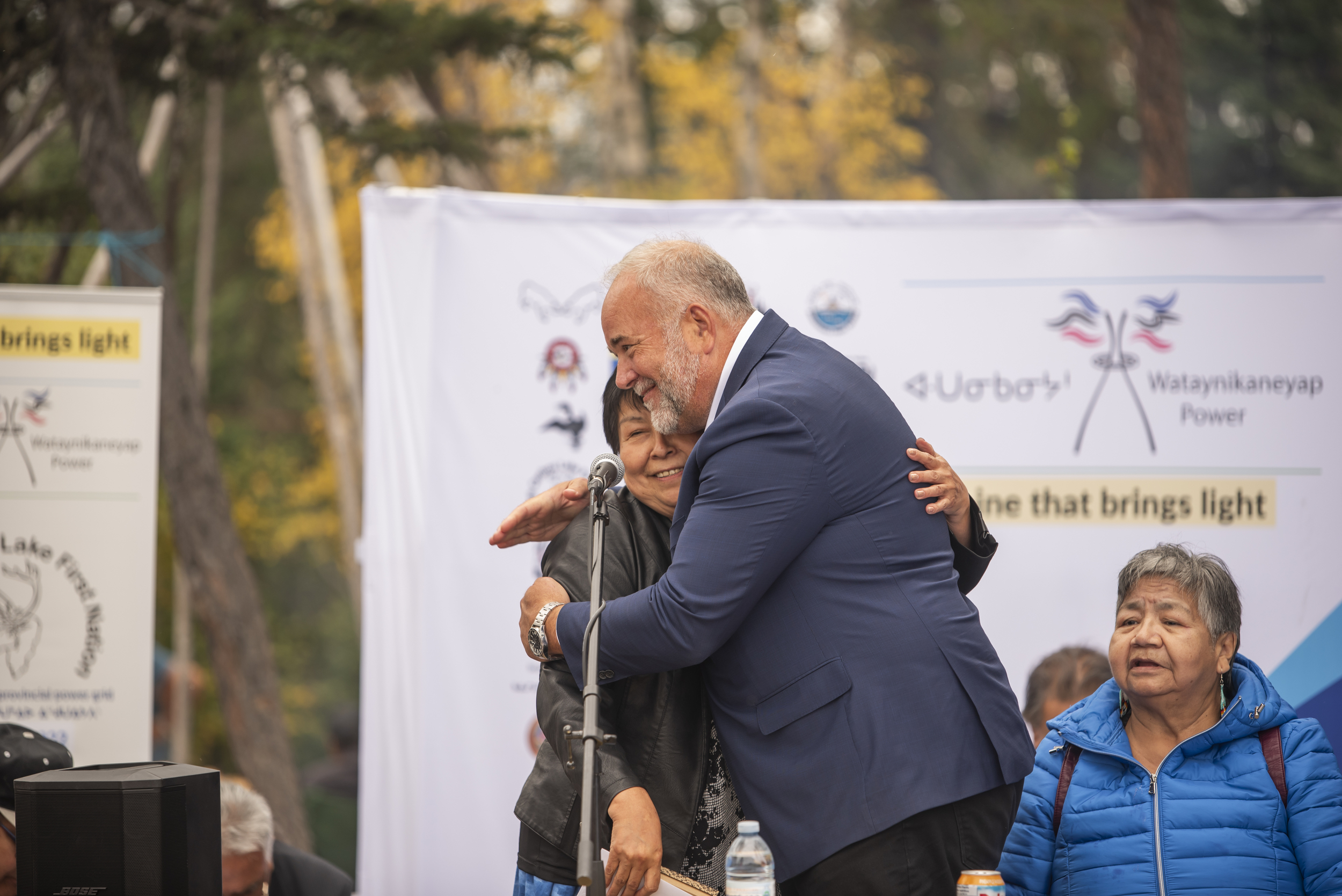
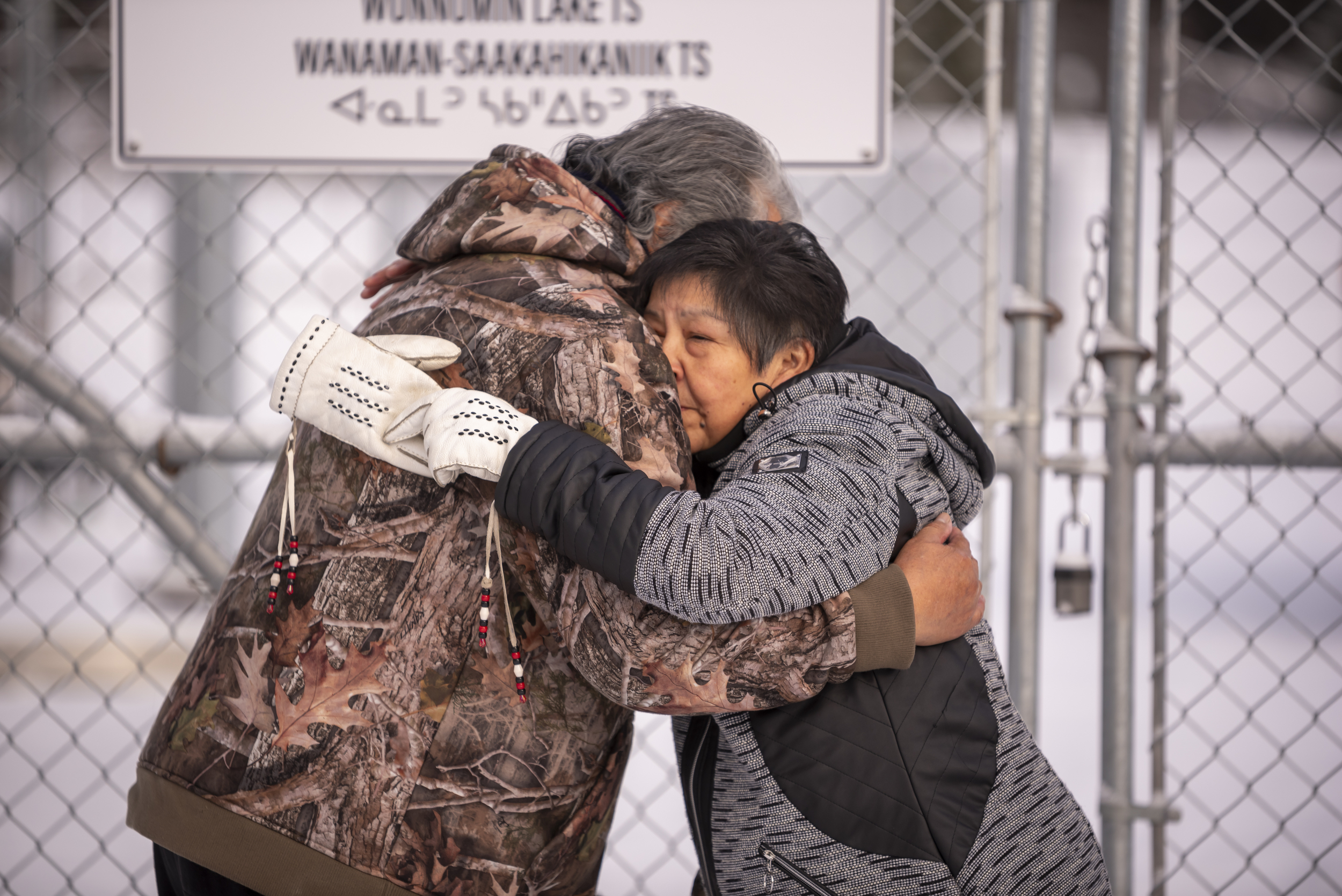
In Kenequanash’s mind is a 17-year history of the complex and highly regulatory Ontario energy system — one that has largely kept remote Indigenous communities off the grid. It’s also on the minds of many of the Elders and council members at Sachigo Lake, who shared bits and pieces of it with a crowd of young and old over the six-hour celebration.
The way they tell it, there were two turning points, both in 2009. First, the Independent Electricity System Operator — the body that plans and manages Ontario’s electricity system — released a new energy forecasting map. On it, northern Ontario — the vast lands above the northern shore of Lake Superior to the southwestern shores of Hudson and James Bay — was coloured in orange. That indicated there was no plan for the area.
“I was really, really disappointed to see that a lot of the policy workers, government officials did not even know that we existed in our homeland,” Kenequanash recalls. “The policies of the government did not enable our people to bring reliable energy through any means.”
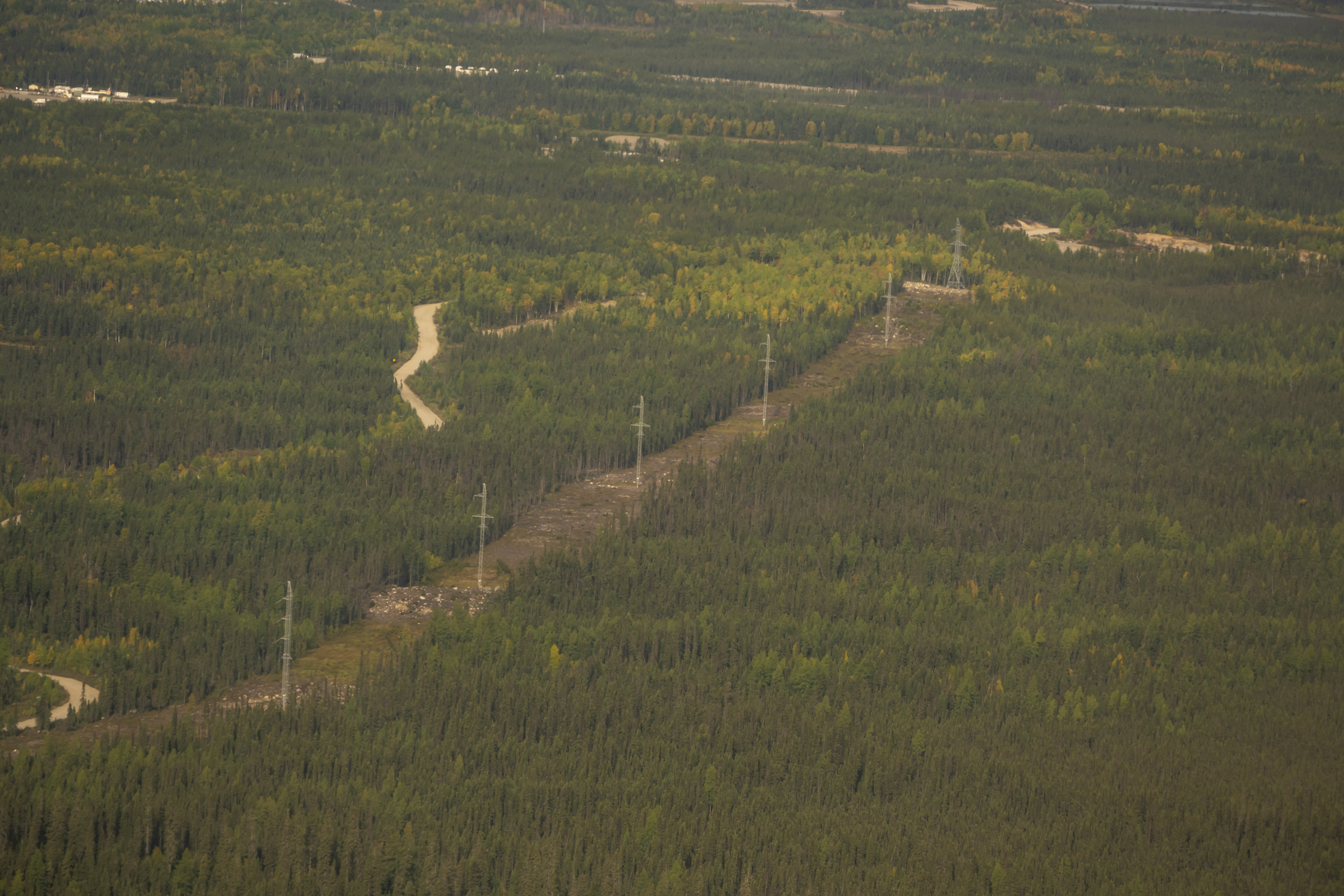
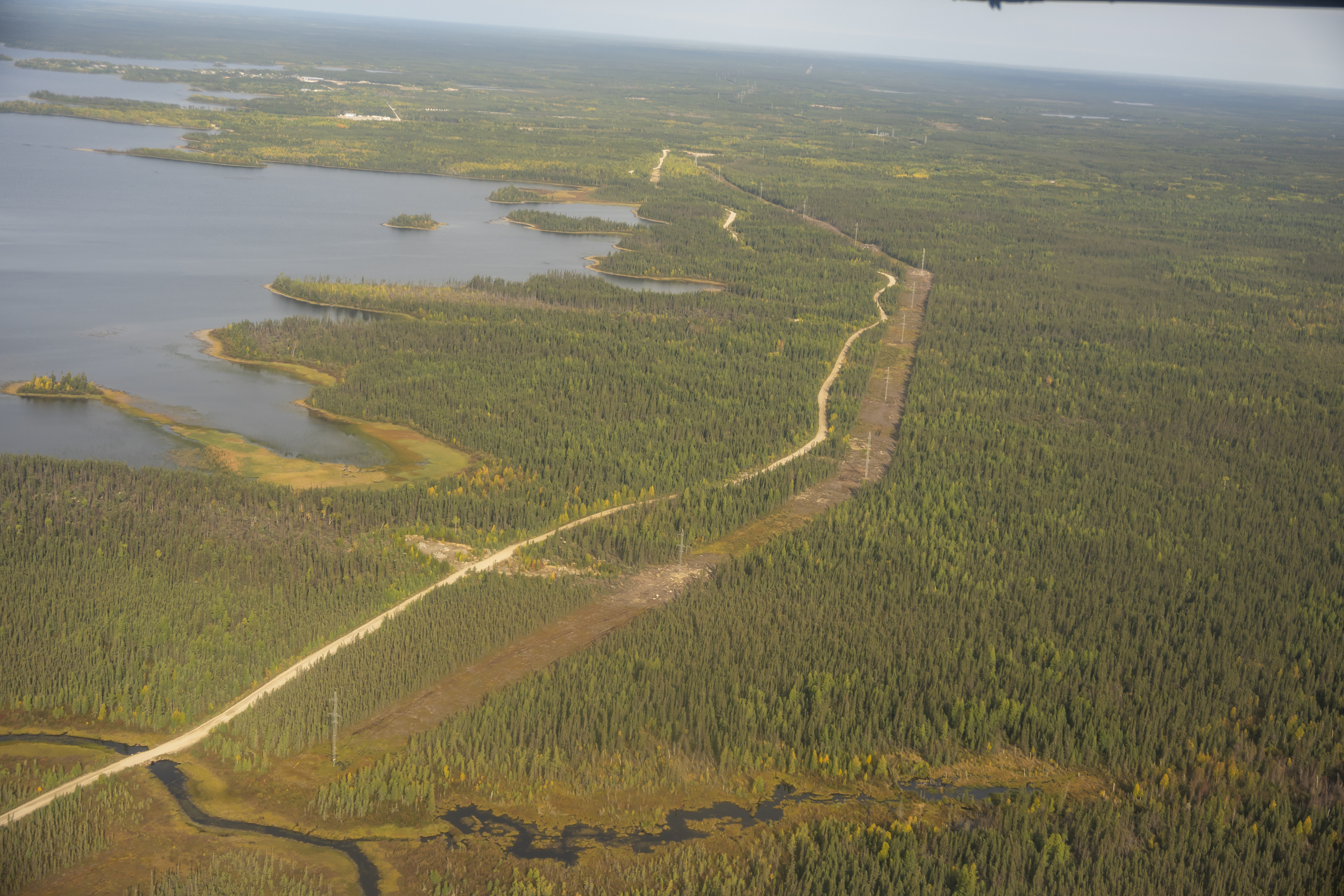
Second, a group of northern Ontario chiefs signed a mandate to explore building a transmission line. In the late 1990s, they had been informed their diesel systems would survive just over a decade of operation. At the time, power outages were already making it difficult to access basic necessities like shelter and warmth.
The urgent need for a solution compelled nations to come together and resoundingly agree to make energy a priority. Kenequanash calls them visionaries: they dreamt of a transmission line and dedicated everything they had to make it happen. It took a few years, many studies, many plans, many name changes and many consultations with community members for Wataynikaneyap Power to emerge on paper. In 2013, six months of negotiations made each of the 24 First Nations an equal partner irrespective of the size of their reserve or population. “It was the fastest negotiations I’ve ever seen,” Kenequanash says.
But making it a reality was a different matter. Energy officials and politicians had to be flown to northern Ontario to see the rapidly growing needs of residents and businesses. It wasn’t until 2018 that the Independent Electricity Systems Operator recommended northern Ontario get a transmission line — although by then, five First Nations had built and operated one along James Bay for 17 years. It would take four years for the operator to get the green light for Watay Power.
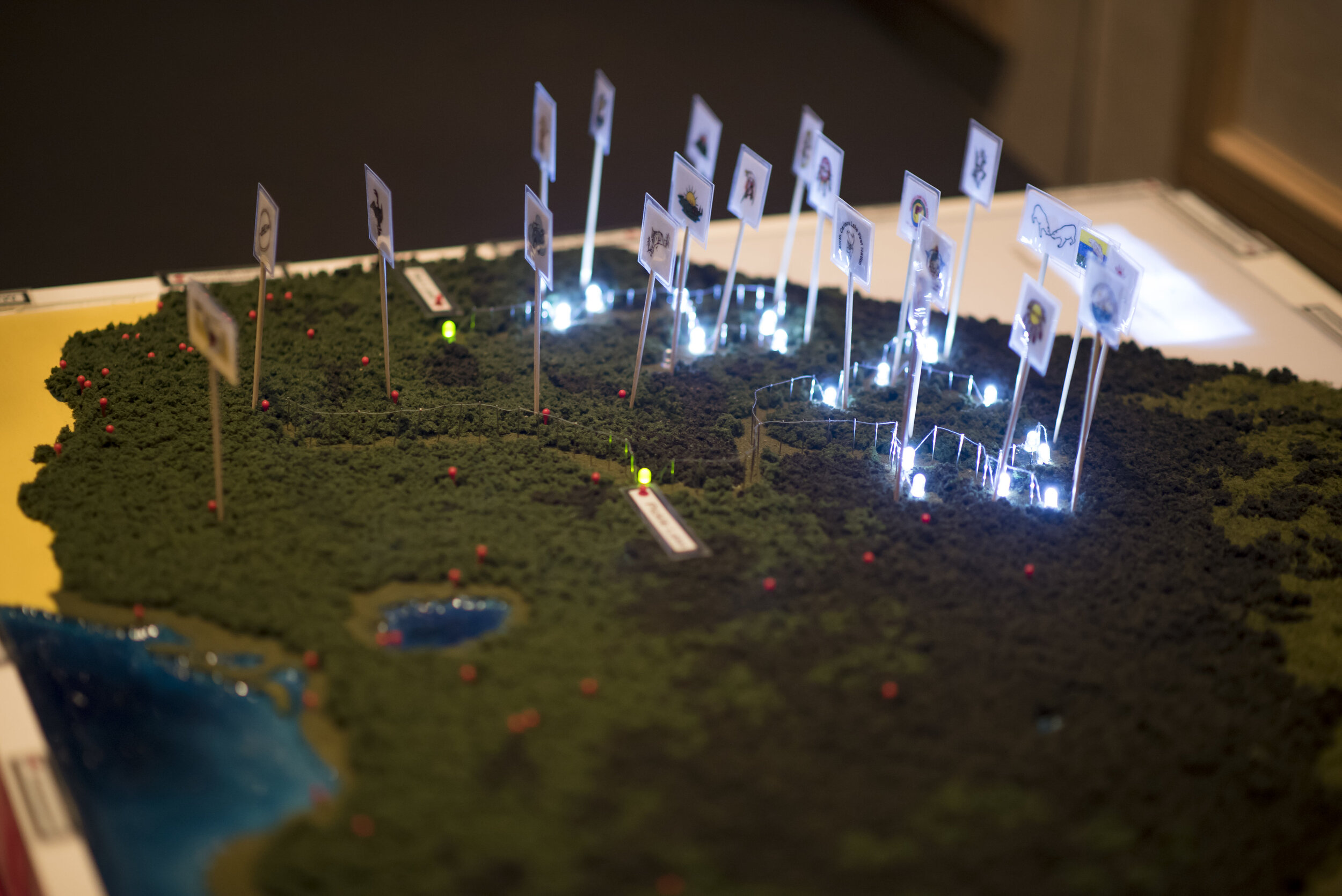
“There has to be enough frantic desire to make projects like this happen because they take a long, long time to happen,” Sonia Fazari, senior manager of Indigenous relations at the operator, told The Narwhal in an interview. In the time it took to get this project approved, the energy industry created funds specifically allocated to raise more energy awareness and skills across all 24 First Nations. In some, it set up short-term alternate energy solutions like solar panels to reduce diesel usage until the grid could reach them.
Before construction could begin, there were conversations with 502 landkeepers about how to create a transmission corridor that respected the animals and the environment. After all, the grid would run through a huge amount of land and require removing trees, the same trees birds and threatened woodland caribou move through.
To ensure their safety, the communities gathered in a sacred ceremony to speak to the caribou, who become easier prey when energy corridors allow wolves to travel more freely. Kenequanash says the animals guided the Watay team with instructions. “When I talk to people like this, they kind of look at me like I’m totally, absolutely crazy,” she says. “Especially when you sit in front of six government people and you tell them, ‘I’m not here to ask you for your permission. I’m here to tell you that I already got my permission from the caribou.’ ”
Whatever the caribou told them worked. “The last report we got showed there’s 42 caribou running around the line,” Kenequanash says. “They’re okay.”
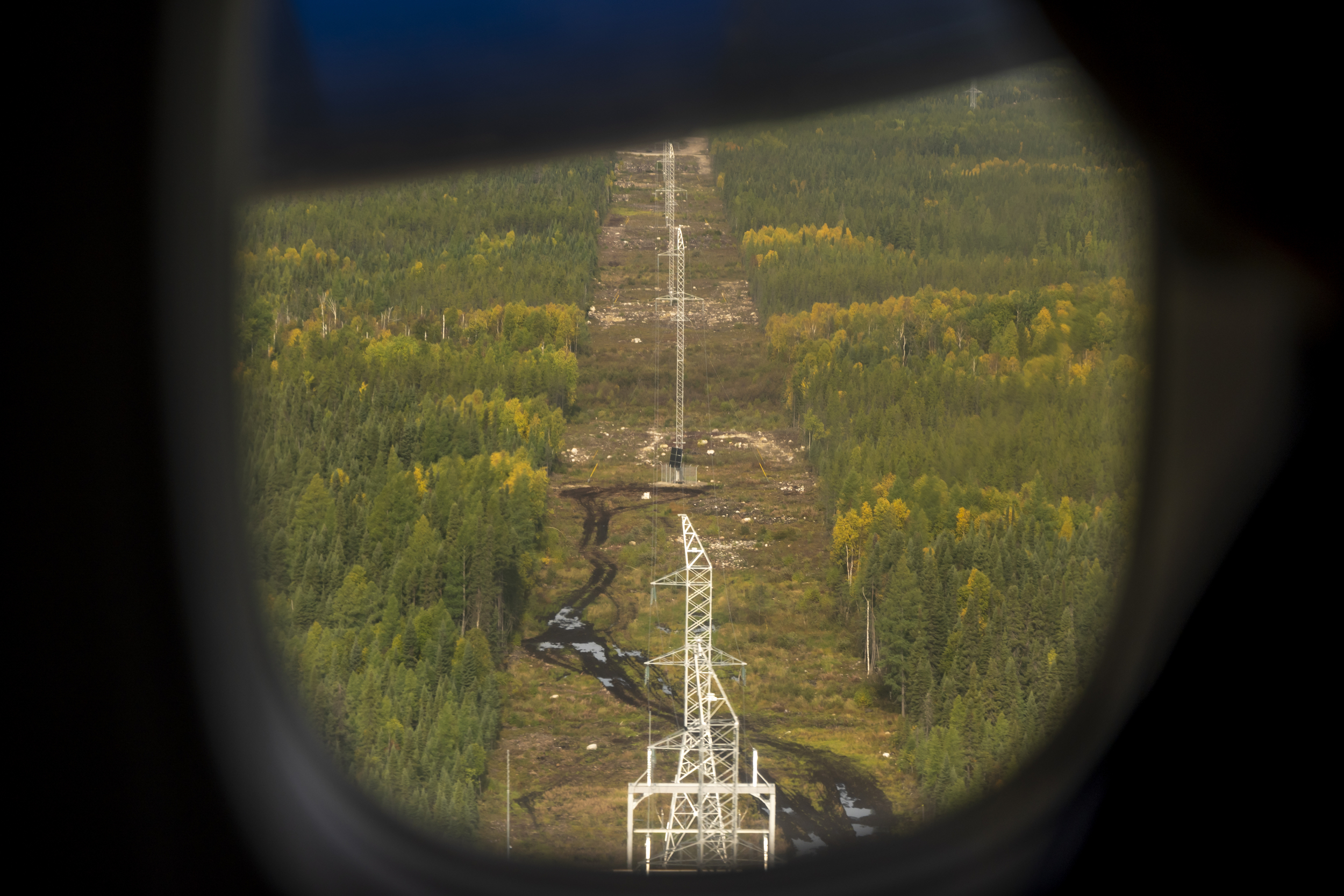
Over the last 10 years, Watay Power has challenged the core of how energy projects are built in Ontario: community-led and owned. It’s a blueprint for how energy infrastructure is approached now, especially in First Nations.
Almost a decade after work on Watay Power started, energy utilities like Hydro One made an official policy to offer First Nations a 50 per cent equity stake in all new transmission lines valued over $100 million. The systems operator now has a dedicated fund for northern Ontario energy projects. The Ontario government has also mandated a new requirement for all new energy projects: communities, including First Nations, must be properly consulted and sign off as “willing hosts.” What proper consultation looks like, however, is controversial and up for debate in communities like Ignace, which is being explored as a nuclear waste repository, or Meaford, which may become home to one of Canada’s biggest clean energy bets.
That commitment is palpable at Sachigo Lake. Senior energy officials clad in suits and collared shirts have flown from Toronto to mark the milestone. Ontario Energy and Electrification Minister Stephen Lecce expressed his gratitude for the community’s leadership and emphasized that a new community being connected to the province’s grid “is better for everyone.”
But back in 2013, when Watay Power was looking for an energy company to build their transmission line, this commitment and effort was non-existent.
Along came Fortis, a St. John’s, N.L., electricity and gas company — the first energy company to agree to a First Nations-led project arrangement.
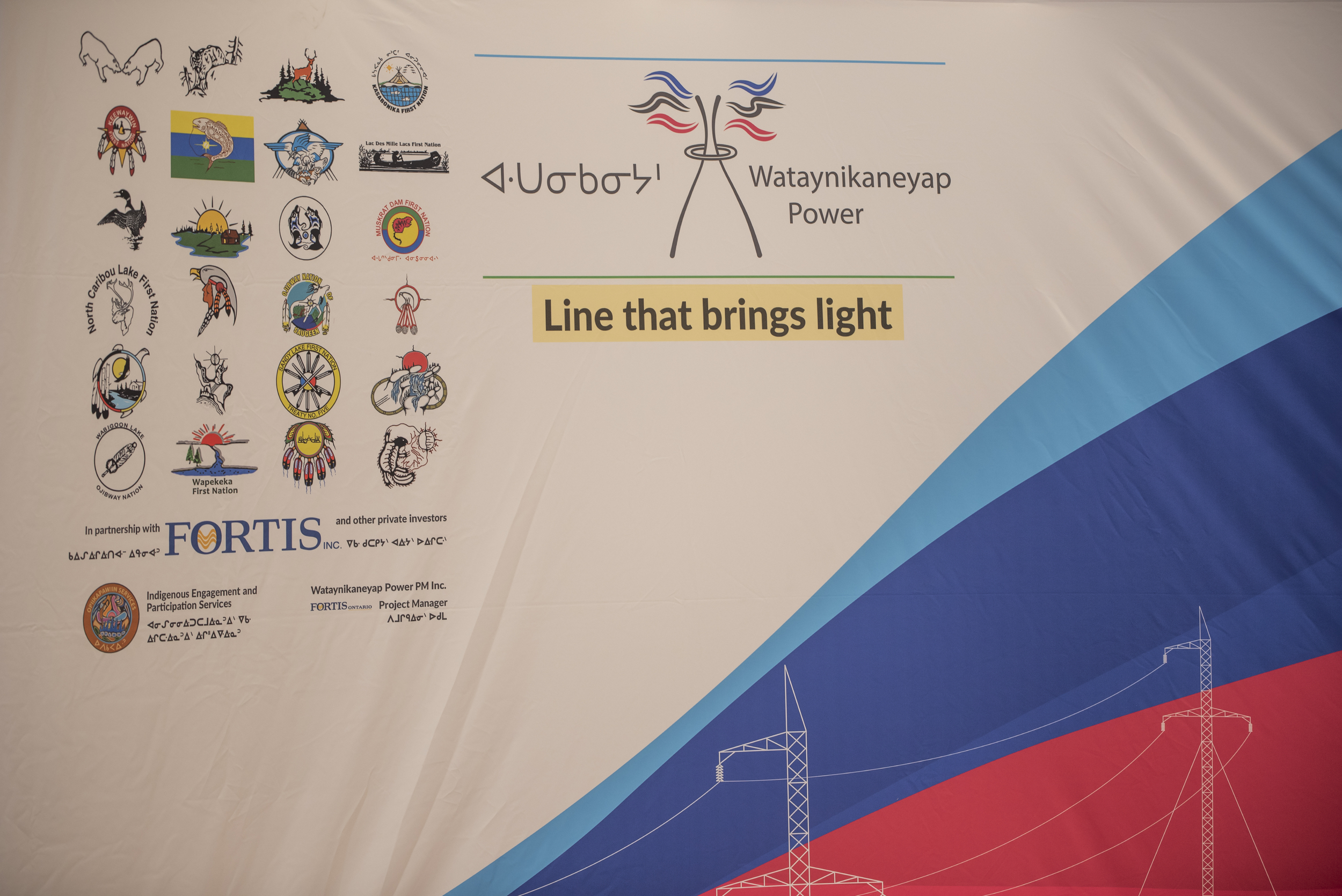
Gary Smith, the executive vice-president of operations at Fortis, is beaming at Sachigo Lake. “This is a project of a lifetime,” he told me earlier in a conversation over Microsoft Teams. “It’s the project of a career. It’s the best project Fortis has ever done.”
“It’s also the project most people said would never happen,” Smith says. “ ‘It’s too big. It’s too much money. It will never get screwed together.’ There were a lot of doubters. There are also people that say it’s a unicorn, it’ll never happen again.”
But Smith believes it will be replicated for one simple reason: “It changed lives forever.” Since Watay Power came on the grid, at least five schools have been powered up. Sandy Lake First Nation built a new health centre. Wunnumin Lake First Nation built 25 new housing units. Kasabonika Lake First Nation built a lit sports field. Deer Lake First Nation installed a refrigeration system in its arena. North Caribou Lake First Nation built a police station.
“There are elements of this project that are unique, but at the same time, the determination and desire to do it is within anybody’s capabilities,” he says.

Smith says Fortis saw the cause and effect of the line from the beginning and believed in the financial vision the communities put forward to them. For 25 years, Fortis will own 49 per cent of the transmission line. In that period, all the profits will be put away by the 24 nations in a reserve fund, until it amounts to enough money to buy out Fortis’ stake. Once the nations own Watay, all the profits will belong to them.
“You can just imagine the amount of discipline and rigour that that takes for a community to make those statements,” Smith says. “And the reason they’re committed to doing this is they want the lives of their grandchildren to be better than their lives. It’s all about the future generations.”
“A lot of investors would look at that to be a negative thing because 25 years from now, we’re going to be out of the business,” Smith adds. “A lot of companies wouldn’t do this. But we saw this as a really special project.”
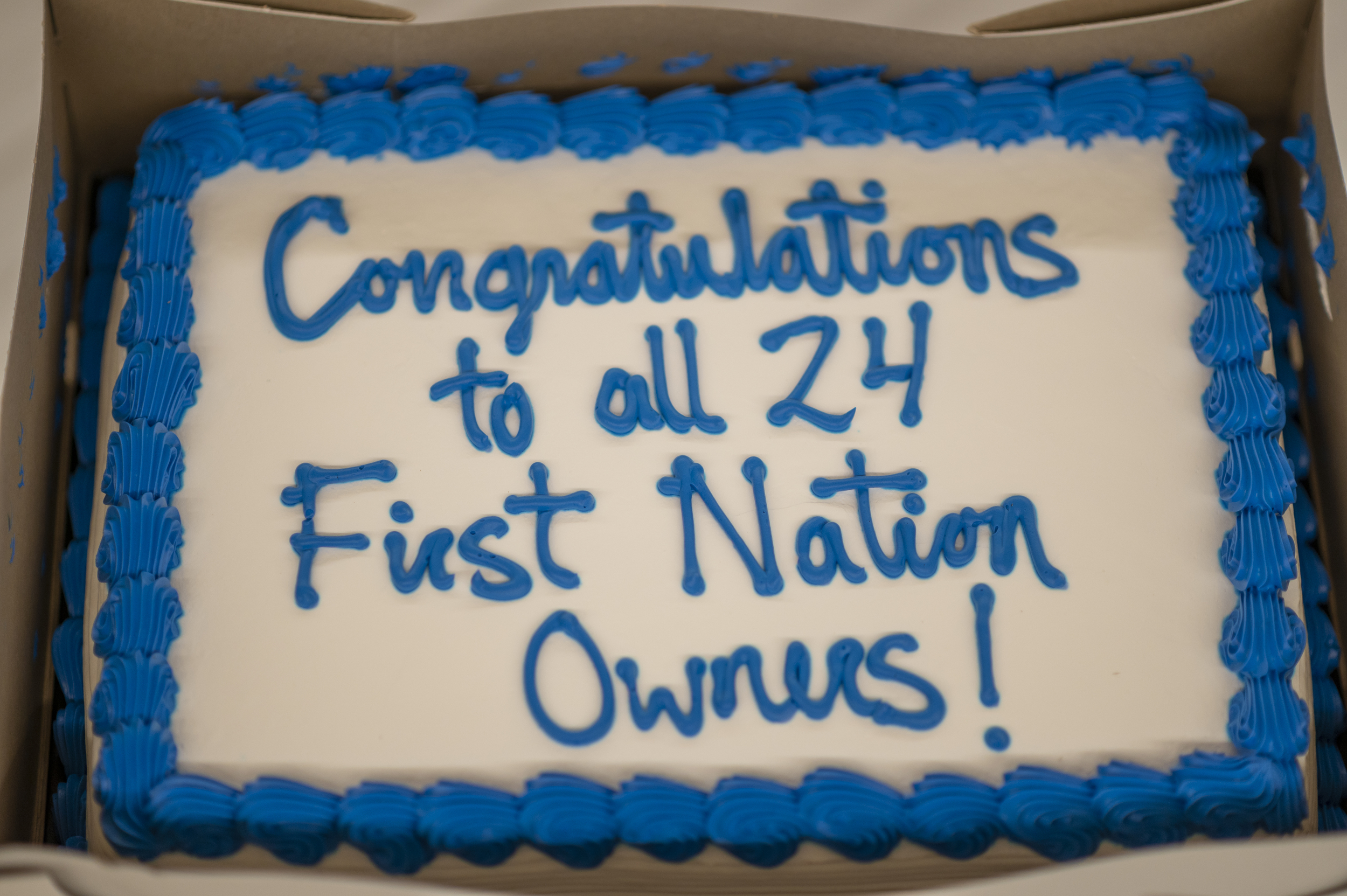
Over those 25 years, Fortis will get a comfortable payout. It will also help Watay Power train and employ Indigenous staff: power light technicians, vegetation management contractors and more. The company’s goal is to help the First Nations learn to run a utility company.
Truth and reconciliation require businesses to “sit back and reflect on who they are as corporations,” Smith says, adding that Fortis is trying to reckon with the energy industry’s failures towards First Nation communities. The CEO of Watay Power is Indigenous. The chair of the board is Indigenous. An Elder attends every meeting to make sure “the vision of the project is never forgotten.”
Watay Power has determined the way the energy industry works within its communities. Its success has left the Independent Electricity System Operator to embark on closer studies of northern Ontario’s energy needs as the mining sector grows, including one looking at how to help communities still on diesel. The results of these studies are due over the next two years as, according to Fazari, “Ontario makes sure there’s power where power needs to be.”
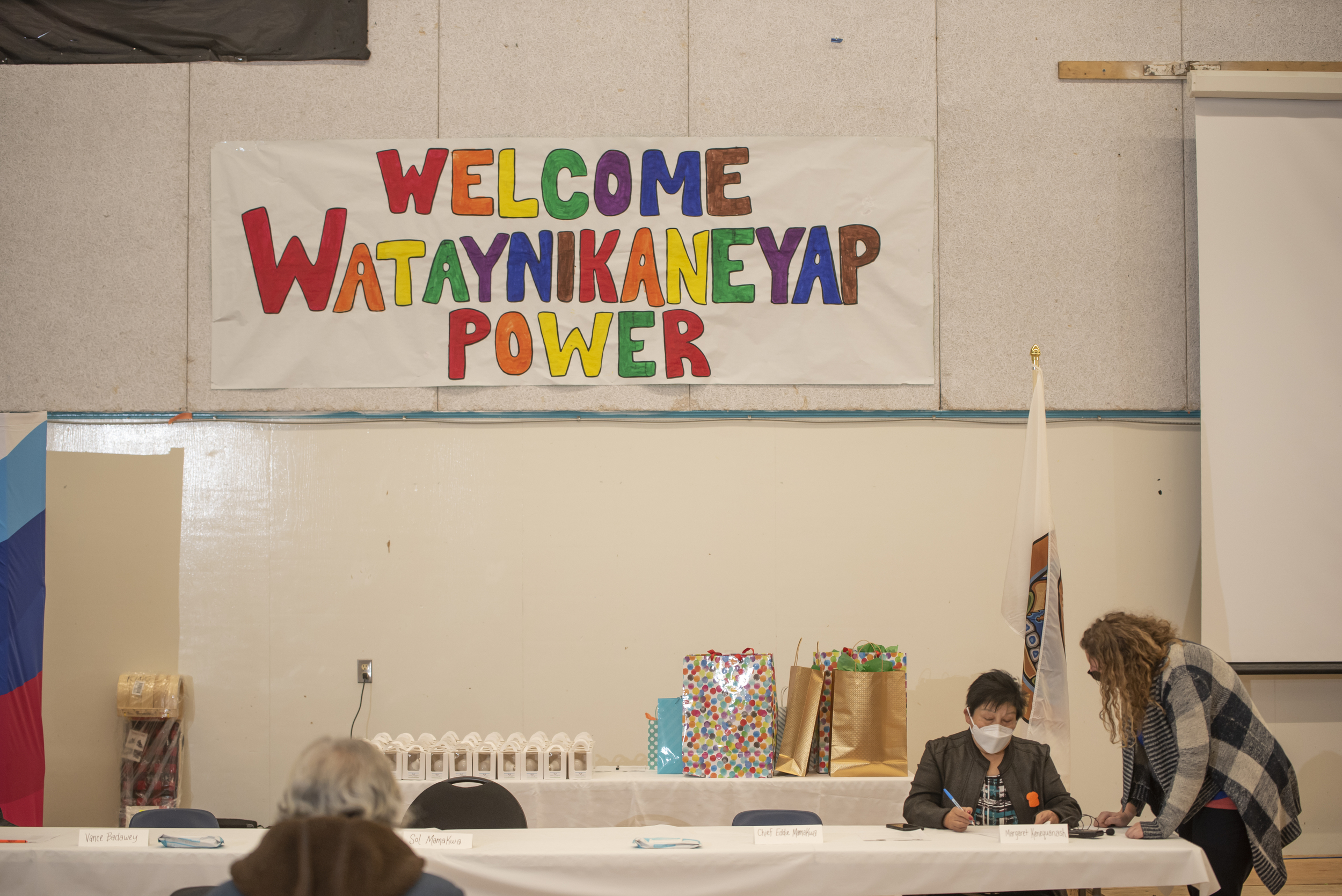
In Sachigo Lake, there’s a stark difference between how First Nations people, whether members of council or residents, and energy officials talk about Watay Power. The latter don’t hold back in their celebration. Residents and members of the First Nation council are more cautious.
“It hasn’t really kicked in yet,” Sachigo Lake Chief Simon Tait says with a shrug. “Yeah, it’s a big deal … especially for our Elders who will have reliable power now.” But, he notes the community will still use some diesel generators as a back-up for the next 10 years, at least; there’s one humming at the celebration, booted up to power the audio system.
“We’ll see,” he says.
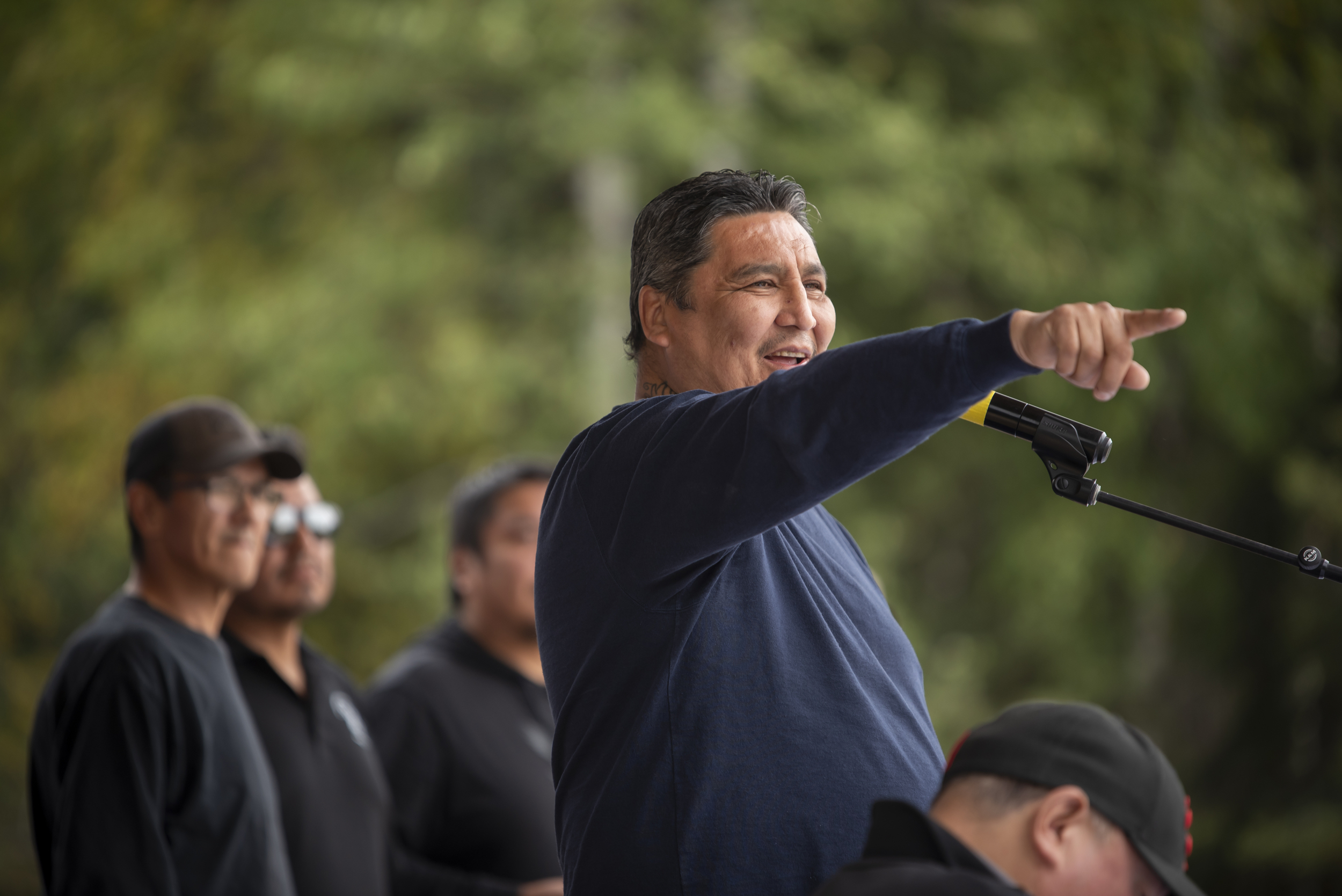
Kenequanash says her biggest remaining challenge is “convincing my people that we own major infrastructure.”
“It’s very difficult to convince my own people of that reality that’s unfolding here right in front of our faces,” she says. “I think it’s because we’ve been so conditioned all these years.”
“We have our language, we have our way of life, we have our culture, but we’re so conditioned to think otherwise, and we neglect to believe in ourselves at times,” she continues. “People still haven’t realized how doing this project is a major step forward in declaring our nationhood and bringing reliable energy and hopefully improving and advancing some of the essential services that are still required in the community.”
That’ll come with time, she says. Multiple generations have worked to manifest Watay Power into reality, and while every resident might not understand the significance now, they will someday. At Sachigo Lake, Hydro One Remotes, the utility’s northern subsidiary, has a table packed with colouring booklets and comics explaining where electricity comes from and how to use it safely. It shows what the parts of the grid are called, and how to keep animals and humans safe. It also breaks down hydro bills, something everyone in the community has to pay now.
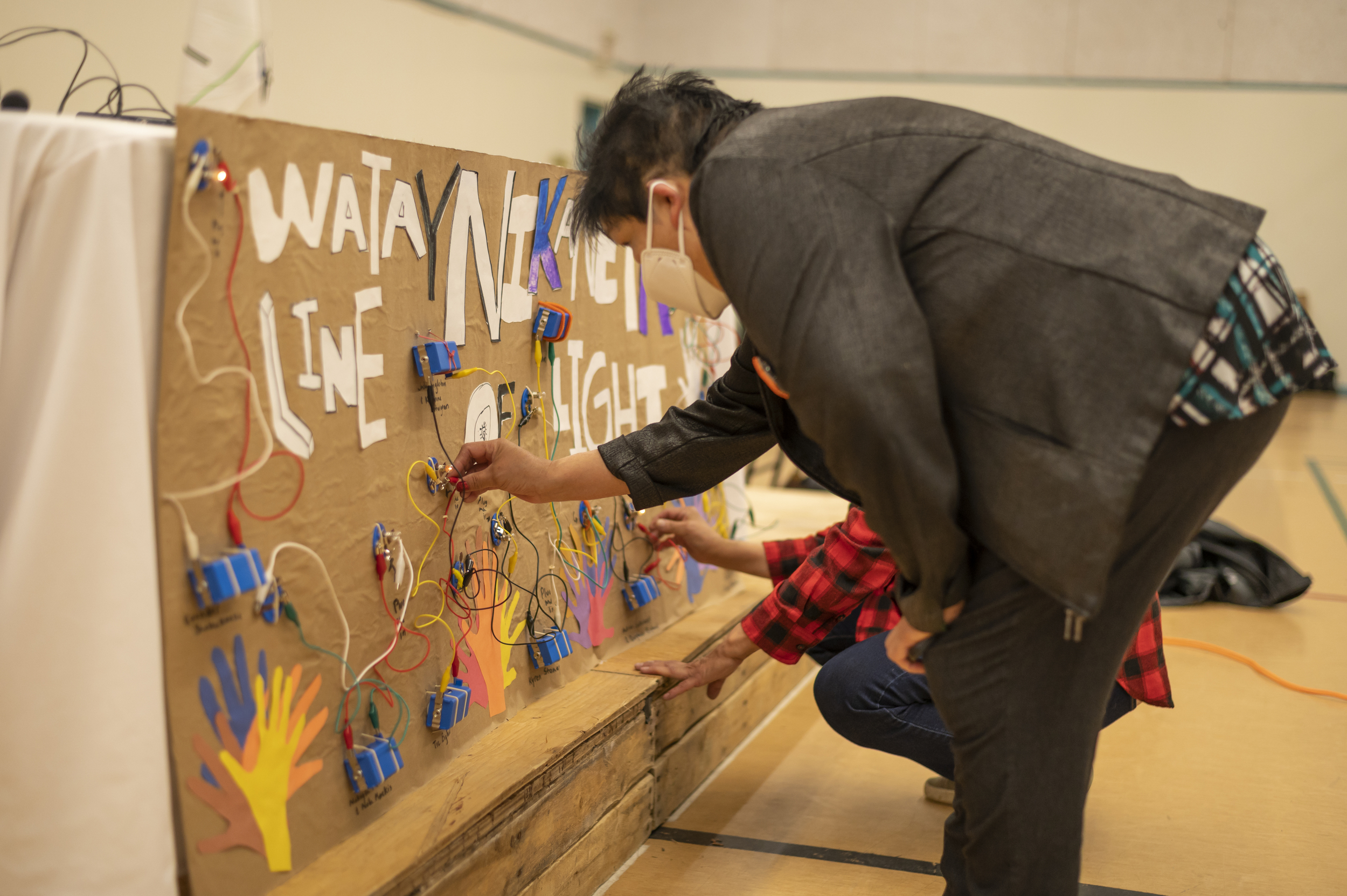
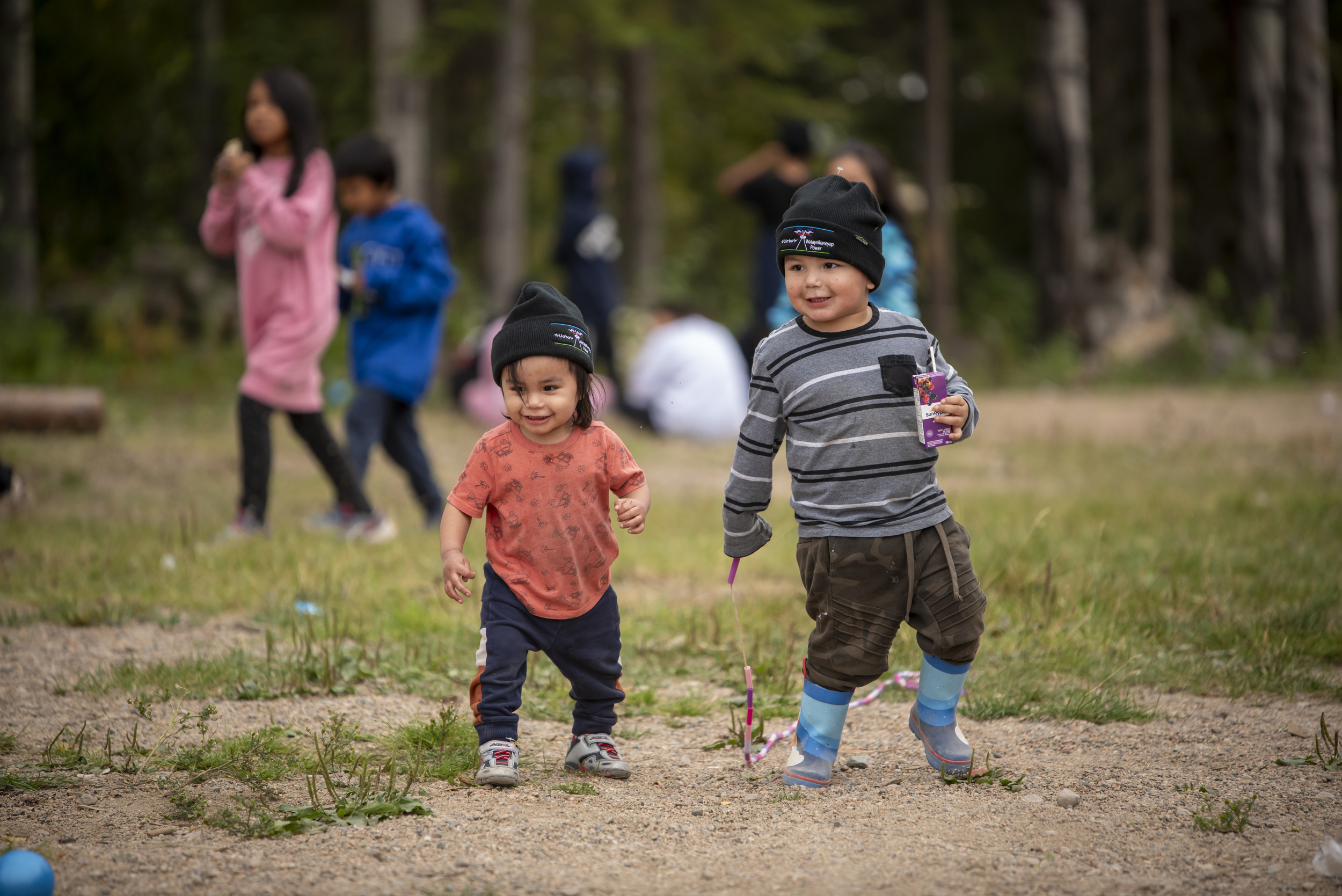
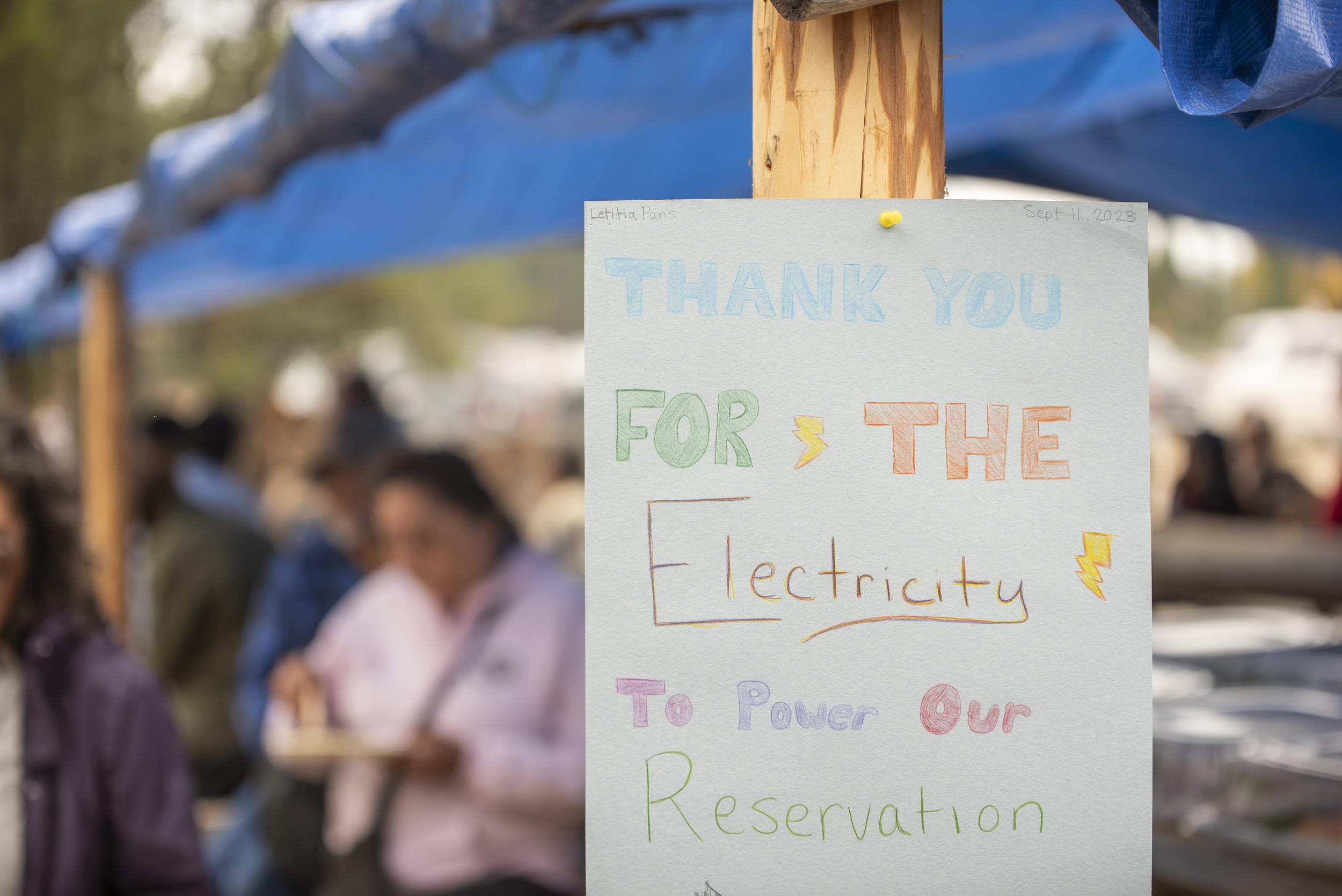

Elders and council members talk about “respecting the power” and learning to “move forward but remember our teachings.” There is a repeated hope that the line, and the opportunities it presents, will bring their people home and keep them here. Currently, 429 of the 966 members of their community don’t live on reserve.
On the flight to and from Sachigo Lake, you can see how the Watay Power line could do that. You have to look really, really closely, but in between the treetops and floating marshes is a winding corridor of white poles and wires. It’s faint but it’s a clear lifeline, connecting to the remotest parts of the province and the communities now planning their future themselves.
